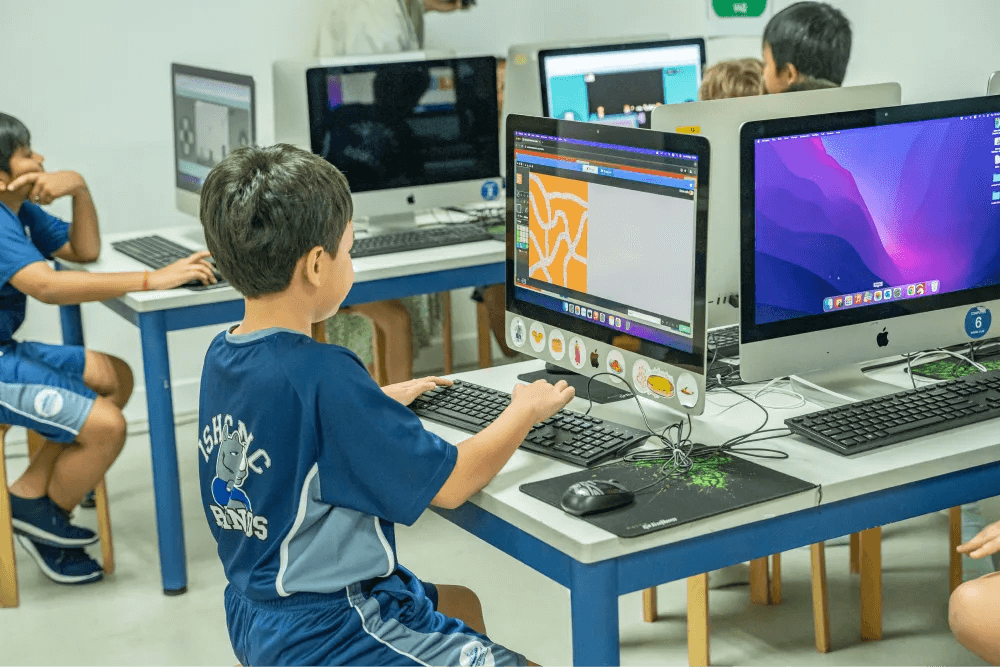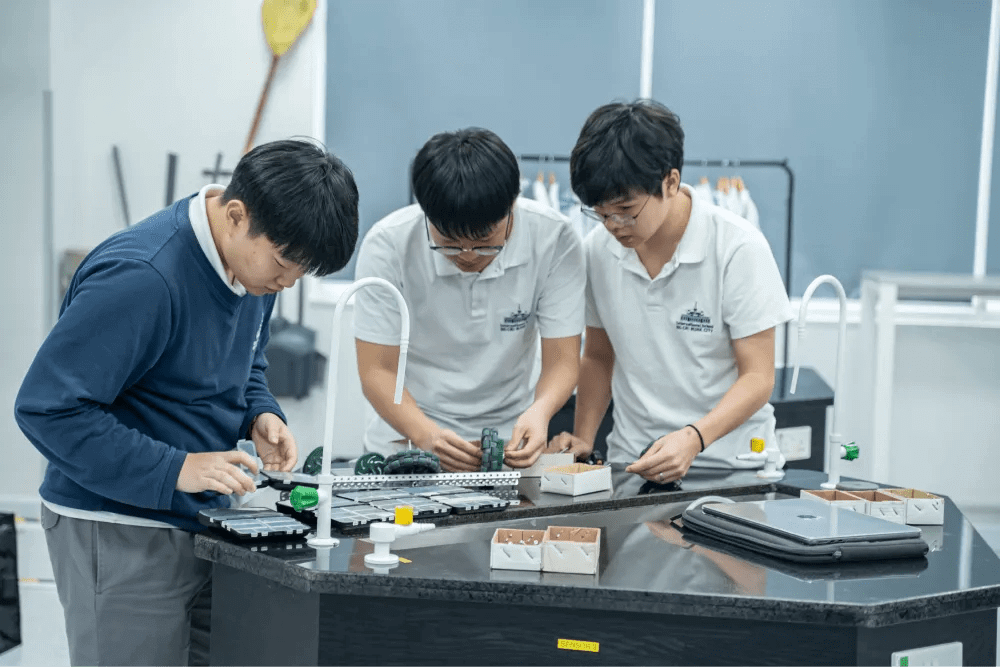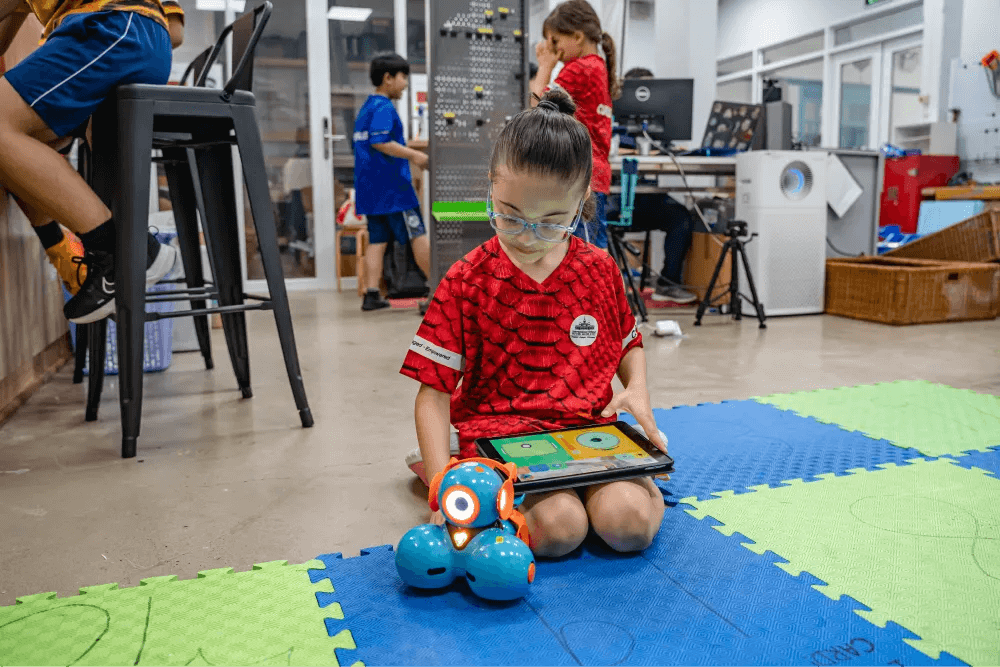How Important is Technology in Education? 7 Key Benefits
Today, technology has deeply influenced every aspect of life, and education is no exception. With each constantly upgrading digital tool, schools worldwide are shifting to newer technologies that may upgrade students’ learning experience. Since current trends in modern education emphasize innovation, understanding the important role of technology in enhancing students’ learning results can help schools shape their teaching approaches accordingly.
Why Is Technology Important in Education?
Education technology is the digital tool used to enhance teaching and learning. Examples are computers, tablets, software, and others that help access new resources and methods of learning. Technology in education prepares students for the future by helping them gain essential skills for a tech-driven world while allowing teachers to adapt to individual learning needs.
Technology enhances learning beyond the classroom, providing students with convenient, real-time access to information. In addition, technology helps teachers to create interactive lesson plans that would make their classes more engaging for the students.
7 Benefits of Applying Technology in Education
The emergence of technology has introduced an era in education demonstrating a host of advantages for learning and teaching experiences. Seven major benefits that can be derived from integrating technology into the classroom include:
Personalized Learning
Technology personalizes students’ learning experience with digital tools, so teachers can customize the lesson plans and assignments to fit individual learning styles and paces. Meanwhile, students are facilitated with diverse learning methods, including online and hybrid approaches. Teachers can provide additional support and resources tailored to their interests and strengths from the data gathered through online platforms.
Enhanced Collaboration and Communication
Technology fosters collaboration among students and teachers. Tools like Google Workspace, Microsoft Teams, and various online forums facilitate real-time communication, enabling group projects regardless of physical location. Students can share ideas, resources, and feedback instantly. This collaborative environment helps to enhance learning and builds essential social skills, such as teamwork and effective communication. Additionally, teachers can easily connect with parents through communication platforms, informing them of their child’s progress.
Access to Vast Resources and Instant Information
Digital spaces have opened up where students can access vast amounts of information and different resources, such as e-textbooks, online journals, and educational videos, that allow students to go in-depth in the discipline beyond what ordinary textbooks offer. Moreover, instant access opens up more knowledge to build on, research, and develop insights into tough issues at their fingertips.

Improved Teaching Productivity and Efficiency
For teachers, using technology in teaching makes lesson planning and delivery, grading, and administrative tasks easier. It could automate tasks related to student performance tracking, assignment grading, and resource organization. Consequently, this would allow the teacher to spend more hours on student contact and less on administrative work, which would drive classroom productivity.
Creating Engaging Learning Experiences
Technology makes learning more interactive and fun. Including videos, animations, and game-like learning platforms, students can experience lessons in newer, more exciting ways than ever before. Such interactive engagement with the content encourages deeper learning and helps to hold students’ attention in subjects that otherwise may seem challenging or dry to them.
Equipped Skills for the Future
Integration of technology at school prepares the learner for later life in the workplace. Whether for technical expertise, critical thinking, or problem-solving, students who have been trained in technology through school have better chances of workplace success. Many industries are digital today and need students to be exposed to these tools early enough to be future-ready.
Build Responsible Digital Citizenship
Along with the integration of technology comes the essential need for digital citizenship education, teaching students how to navigate the digital world safely, respectfully, and responsibly. Technology affords a method to teach students skillfully the areas of safe use of the internet, protection of personal data, and ethical use of online platforms, which are critical competencies for today’s technology-laden society.

International School Ho Chi Minh City (ISHCMC) is a fantastic example of how technology can be applied to education. The school incorporates state-of-the-art tools into an interactive and personalized learning approach through engaging platforms, digital tools, and online resources, all designed to meet specific students’ needs. It also aims to develop students’ digital citizenship by teaching the responsible and ethical use of technology.
At ISHCMC, students will develop the necessary proficiencies to thrive well in a technologically driven environment and, by so doing, be better prepared to handle such challenges that are or will be, thrown their way throughout their lives. To discover how ISHCMC can transform your child’s learning experience with cutting-edge technology, visit here.
Transform Learning with Technology at ISHCMC
Technology is at the forefront of teaching and learning at ISHCMC. With personalized learning pathways, technology increases access to advanced digital resources. Interactive lessons, collaborative projects, and digital platforms at ISHCMC engage students in their learning and provide them with skills necessary for success during school and in their future careers.
Are you ready to see how ISHCMC can support your child’s growth through innovative education? If you would like to learn more about the use of technology in your child’s education, apply at ISHCMC today.






